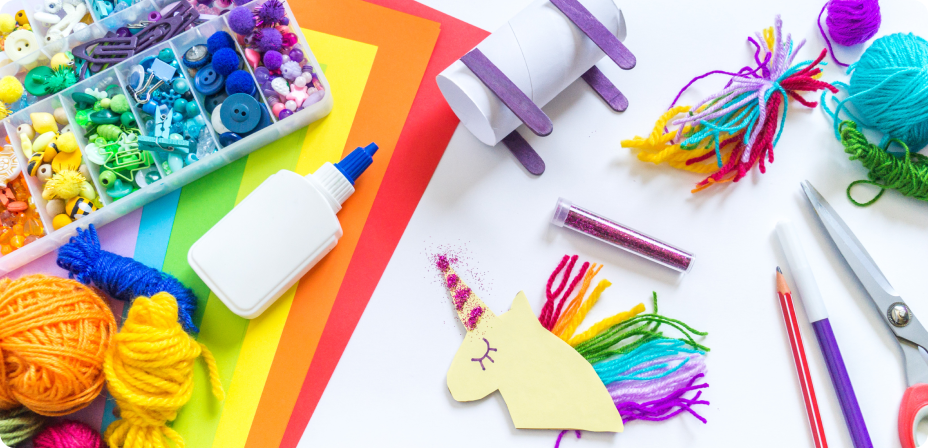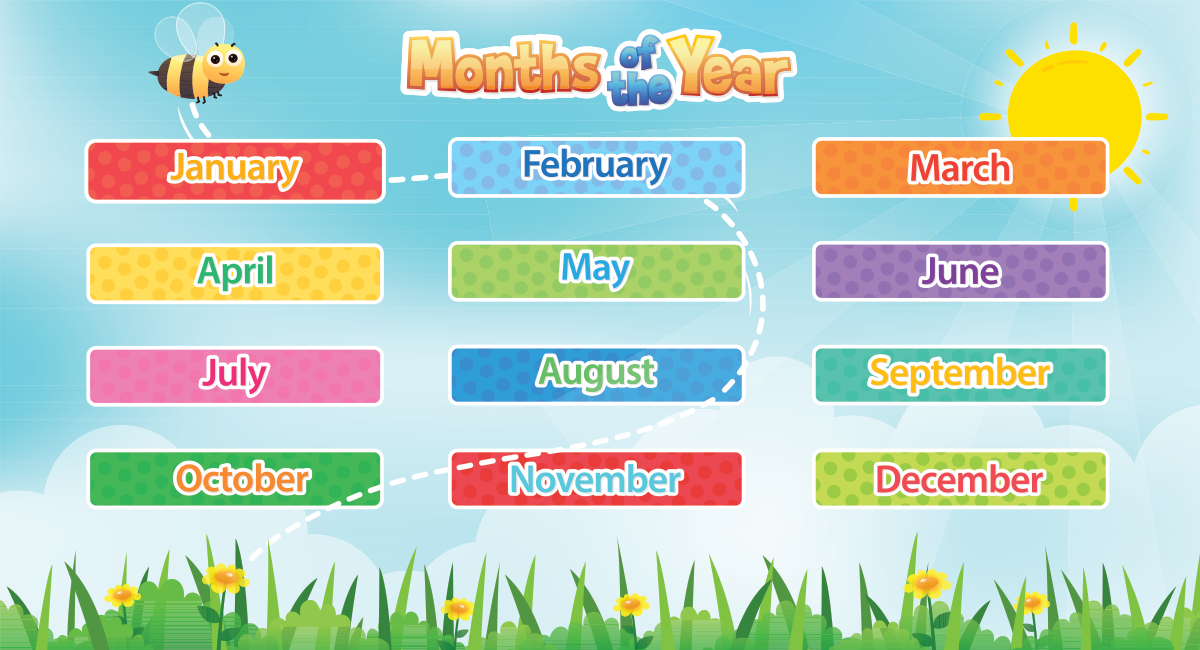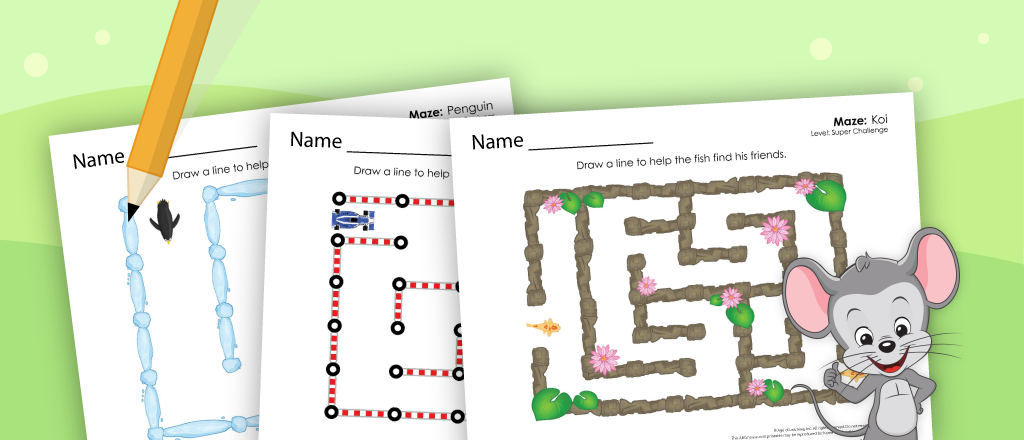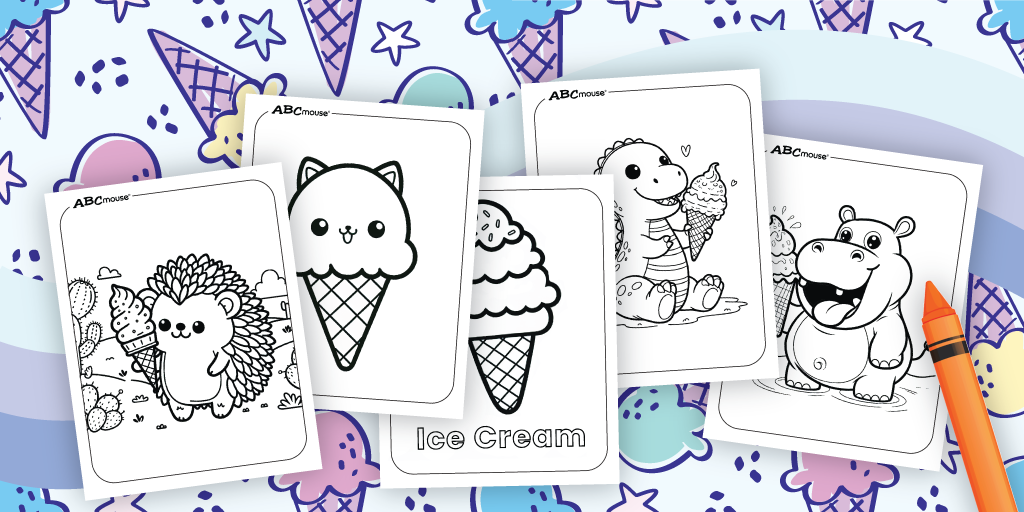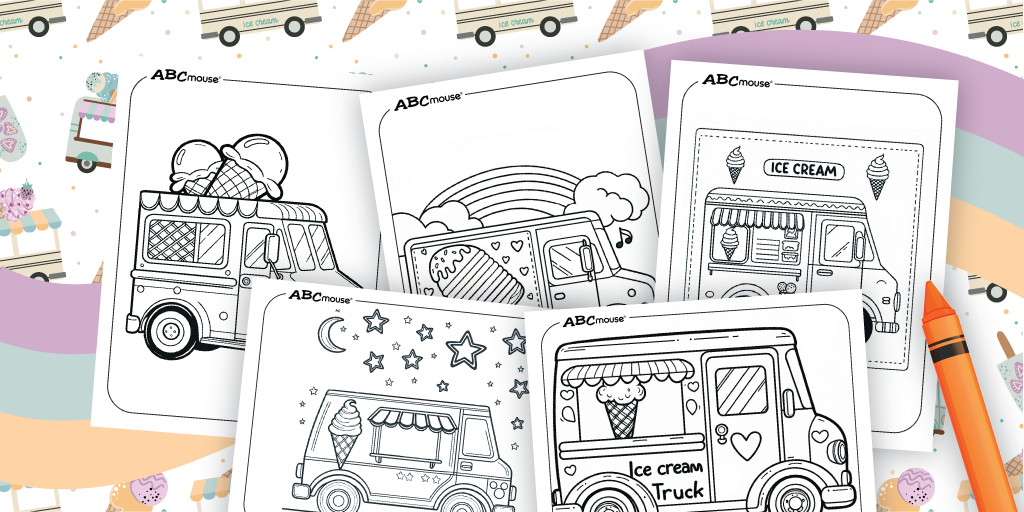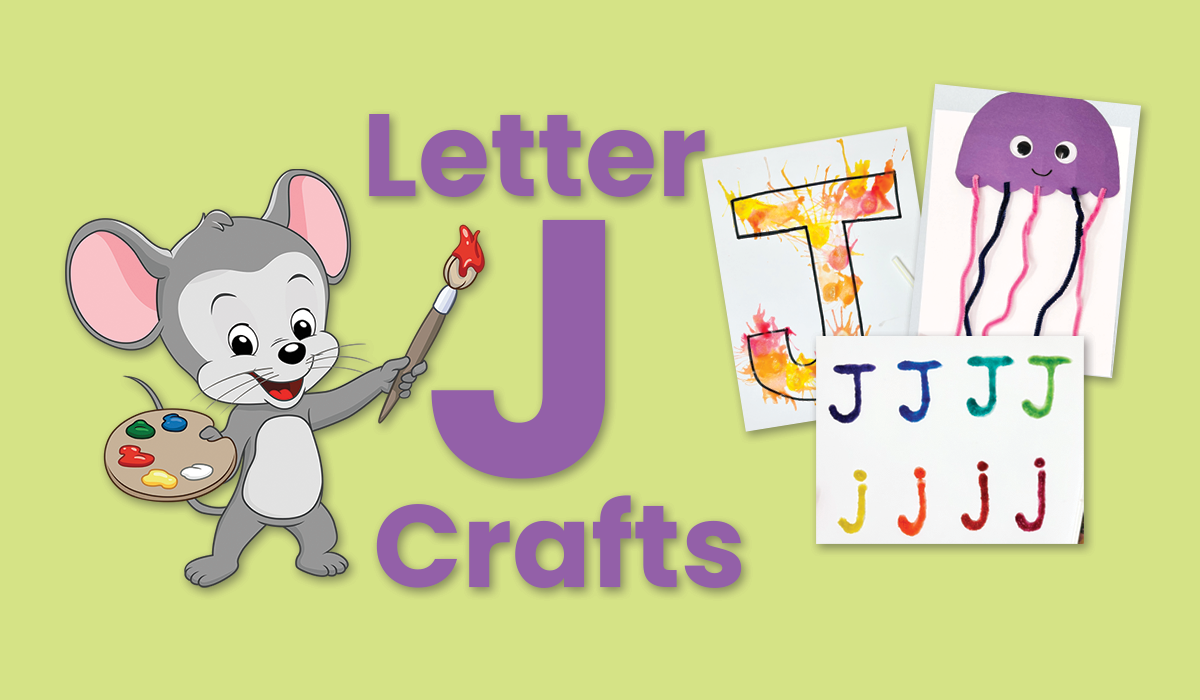15 Awesome Addition Activities for Early Elementary Students
Varies
Share
Bring hands-on addition practice to kindergarteners and first and graders with these fun and interactive math activities.
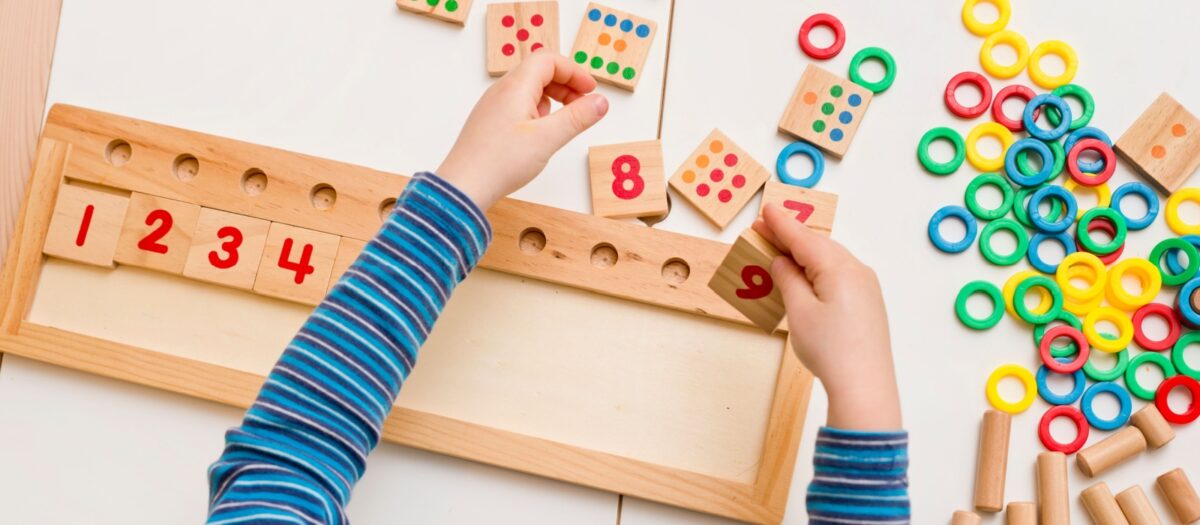
Learning how to add involves a variety of concepts, such as counting on, writing equations, and so much more. It can feel overwhelming to new learners! Incorporating hands-on addition activities can provide meaningful practice at school and at home and bring a bit of fun to the learning process. Here’s a roundup of some of our favorite addition activities for kindergarten, first grade, and second grade students.
Before You Start: When working on addition with younger children, ensure they have a good understanding of foundational math concepts, such as ordinality, cardinality, more and less, and one-to-one correspondence. Check out How to Teach Addition for more details.
Simple Addition Activities
You’ll need a few materials for these practice games and ideas, but you’ve likely already got what you need around the house.
1. Roll to 12
Write the numbers 2 to 12 on a piece of paper. Roll two dice and add up the sum, then cross that number off your paper.
Continue until you’ve rolled dice sums that allow you to cross off every number on the page. Turn this into a game by having two or more players race to see who can cross off all their numbers first.

Example: The player rolls a 3 and a 5 and crosses off the number 8. Then they roll a 1 and a 1, crossing off the number 2, and so on.
2. Domino War
Turn all the dominos face down and give each player an equal pile. Each player flips a domino at the same time, then adds up the two sets of dots on theirs to find the total. The player with the highest number takes all the dominos.
If there’s a tie, each player flips a second domino to add to the first. Play continues until one player has collected all the dominos from the others.
Example: One player flips a domino with 3 dots on one half and 4 on the other, for a total of 7. The other player’s domino has 2 dots on one half and 1 on the other, for a total of 3. Player one wins the round and keeps both dominos.
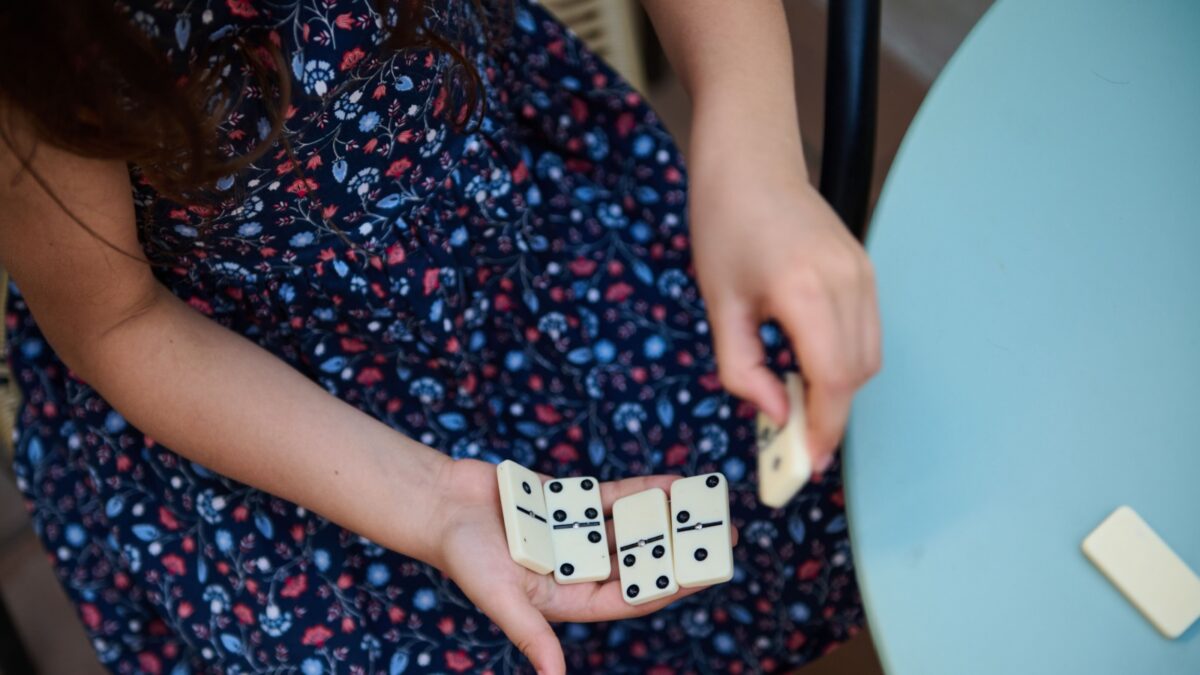
3. Calendar Count
Mark a special day on the calendar, like a holiday or birthday.

Then, count up the number of weekdays and weekend days, and add them together to see how many days total you have to wait! You can also count and add the number of different days, like Mondays and Wednesdays.
Example: “Your birthday is coming up! If there are 5 weekdays and 2 weekend days, how many days total until it finally arrives?”
4. Building Brick Addition
Did you know those little dots on the tops of building bricks are called “studs”? Not only that, but they’re perfect for addition practice.
Pull two bricks at random and count the number of studs on each. Then, add them together to get the total. Another option: Pull a pile of random bricks, then sort them by color.
Count the number of each color, then build a tower and add up the total. Start with just two colors of bricks, then add more as your child’s addition skills progress.
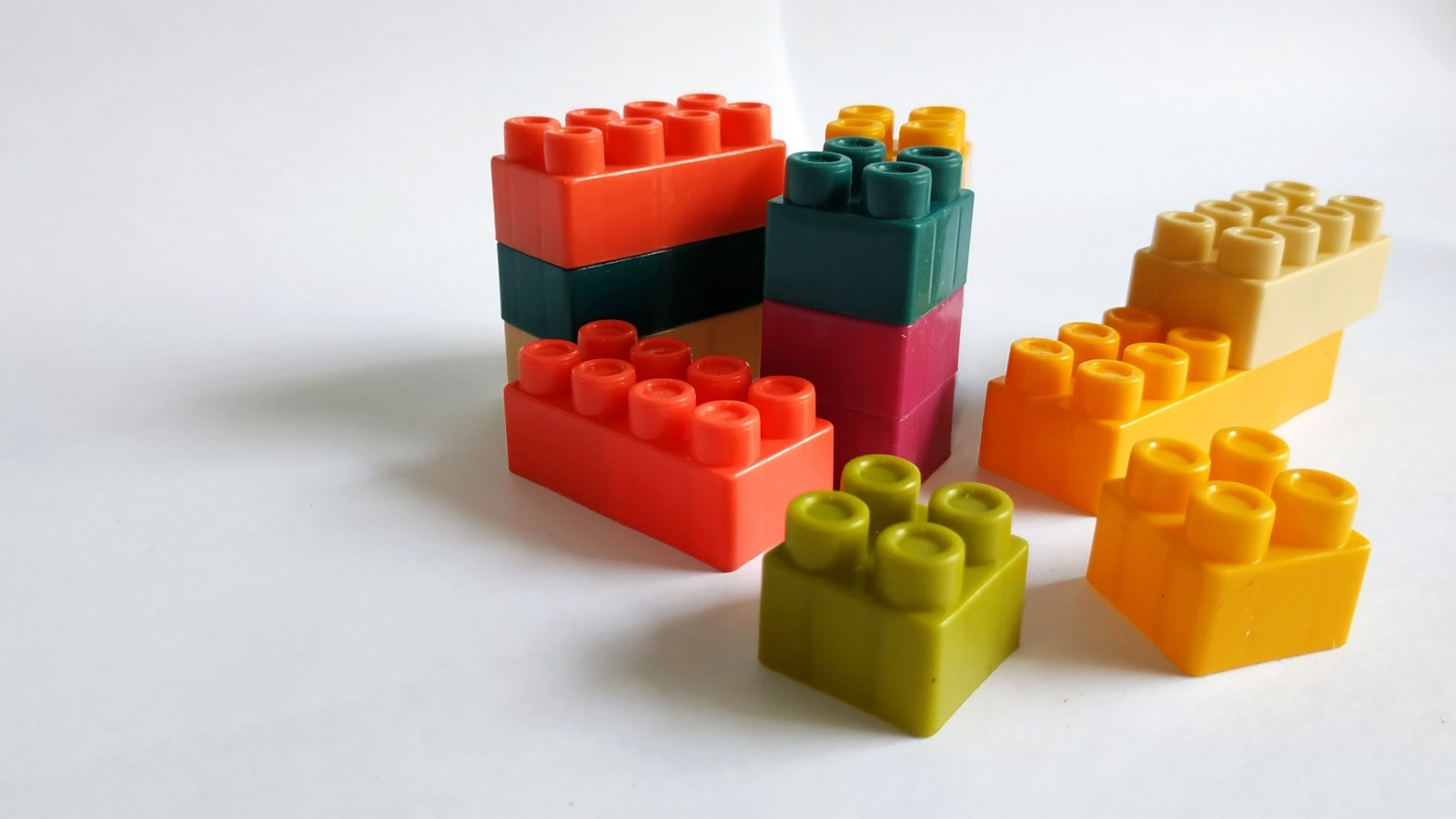
Example: “There are 8 studs on this brick, and 16 on this one. How many studs are there altogether?”
5. Flash Card Lineup
Make flashcard drills a little more fun with this activity, which your child can even do on their own.
Pull 10 or so flashcards from the deck. Then, put them in order by their sums, from smallest to largest.
Make it more fun by setting a timer: see how long it takes to get them in the right order, then try to beat your time!
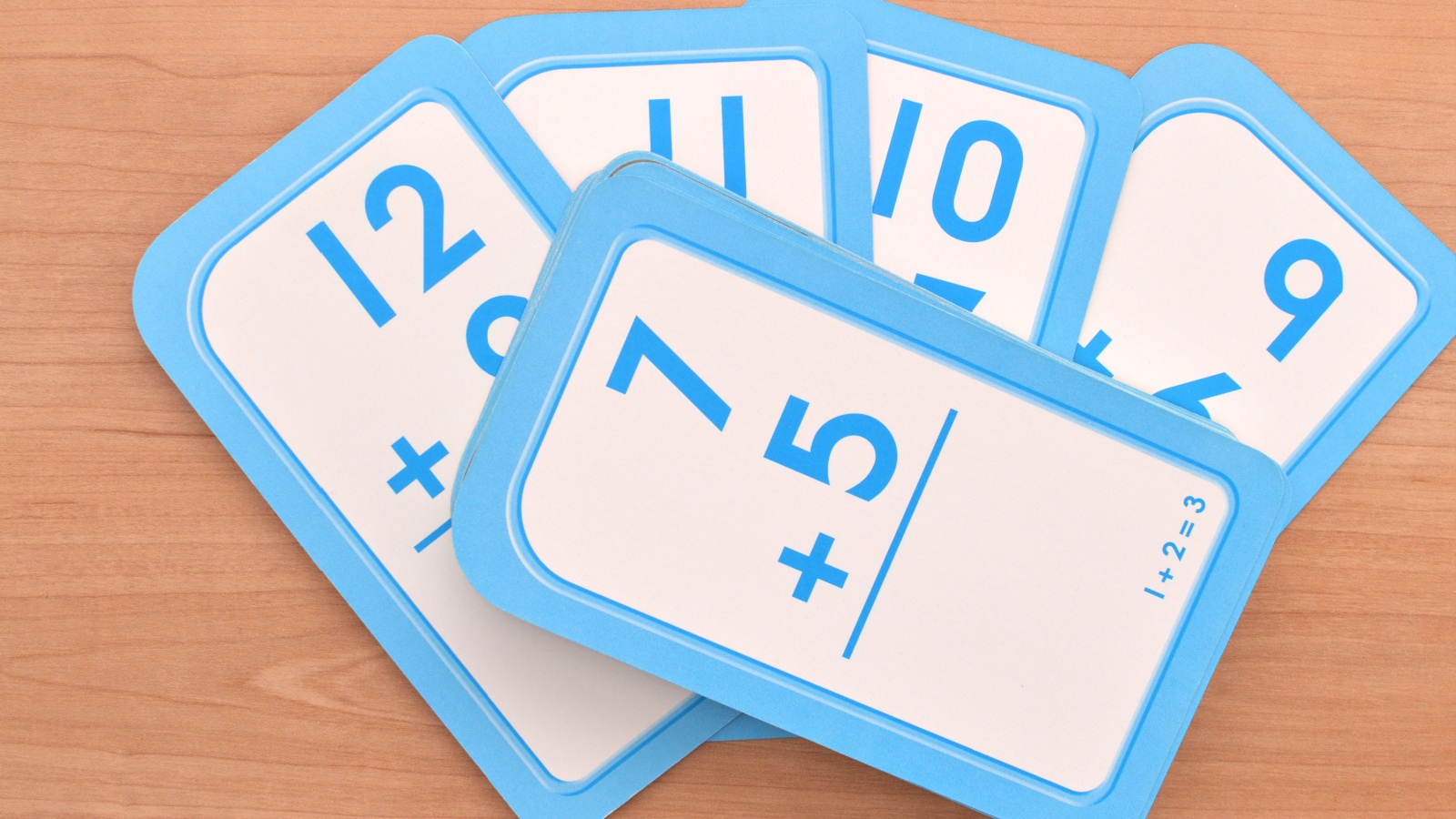
Example: A row of correct flashcards might look like this: 1 + 1, 3 + 1, 2 + 3, 3 + 3, 1 + 6, etc.
6. Make 10 (and More)
Use number beads or magnets or write numbers on individual sticky notes. Then, work to lay out all the different addition equations that add up to 10. Change up the target sum for additional practice.
Example: Place number magnets to represent 1 + 9, 2 + 8, 3 + 7, etc. Then, change the target number to 9, and lay out 8 + 1, 7 + 2, etc.
Real-World Addition Activities
Try these activities when you’re out and about. They help drive home the idea that addition is a practical skill that kids really will use throughout their entire lives.
7. Grocery Store Tally
There are so many ways to practice addition while you shop!
As kids add different items to the cart, have them add up and keep track of the total. After you finish the produce section, add up all the different fruits you bought. While you’re waiting to check out, have them count how many people are waiting in each line, and add them all together.

Example: “We’re buying 8 bananas and 6 oranges. What’s the total number of pieces of fruit in our cart?”
8. License Plate Math
Try this one in parking lots or even as you travel the highway.
Spot a license plate and name the numbers you see. Then, add them up to get the total. See who can find the highest-total license plate each time.
Example: A license plate reads “368 BTG.” Add 3 + 6 to get 9, then 9 + 8 for a total of 17.
9. Addition Nature Walk
As you walk, collect flowers, leaves, rocks, and other items. At the end, sort the items into piles, then count and add them to find the totals.
Example: “We have 9 red leaves, 16 yellow leaves, and 6 brown leaves. How many leaves do we have altogether?”
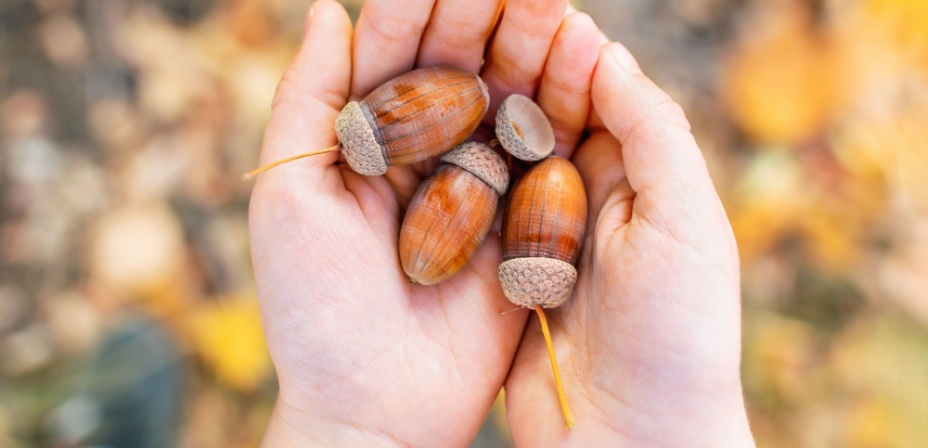
10. Menu Math
Restaurant menus offer lots of opportunities to practice addition. Try this: turn to any page and count the number of items offered in each section. Then, add those together to find the total number of items on the page.
Example: “There are 12 appetizer options and 6 kinds of salads. That means there are 18 items total on this page.”
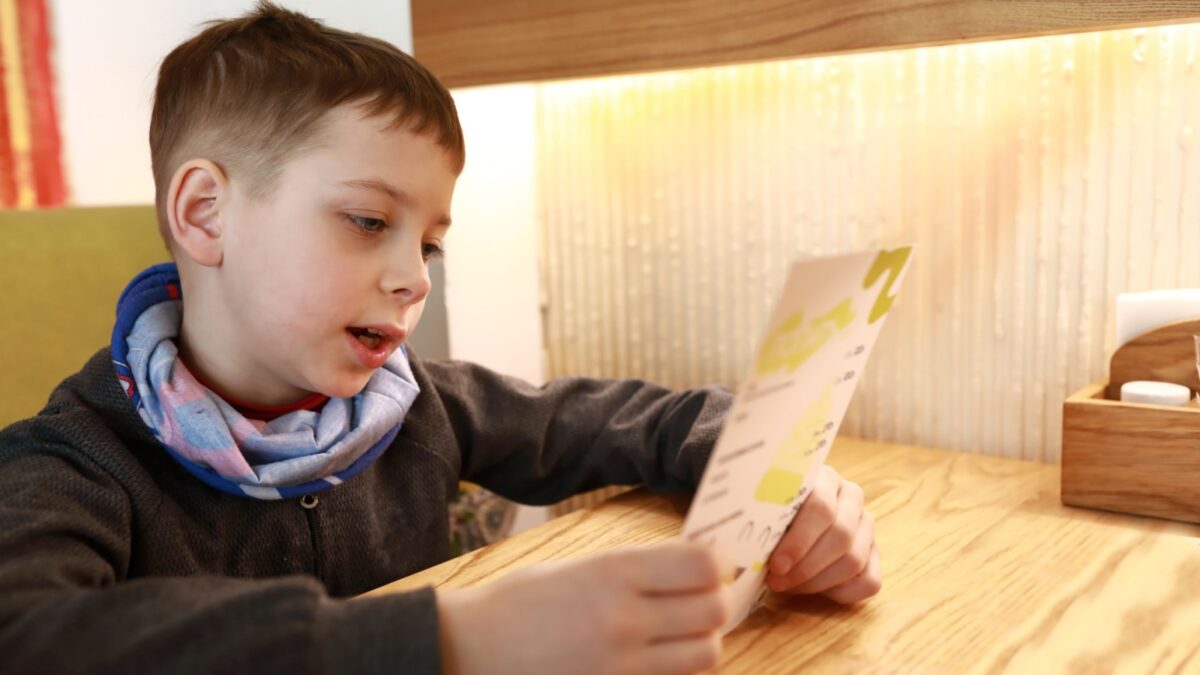
11. Staircase Climb
Kids love to count stairs as they climb.
Turn it into an addition activity by counting the number of stairs on each flight (between landings), then adding them together. They can go back down all the steps, counting on as they go, to check their answer.

Example: You climb 11 stairs, then reach a landing and turn a corner. Then you climb 8 more stairs. Add them together for a total of 19 stairs.
12. Fish Tank Addition
What kid passes up the chance to visit a pet shop? Head over to the fish tanks and do some addition activities while you’re there! Count fish living in different tanks, then add up the total number of fish living in a given area of the shop.
Example: The first tank has 23 tetras. The second tank has 52 guppies. Add them together for a total of 75 fish.

ABCmouse Addition Activities
Don’t miss our collection of freebies, videos, and online games!
13. Printable Addition Worksheets
Worksheets are a valuable tool for developing and reinforcing addition skills.
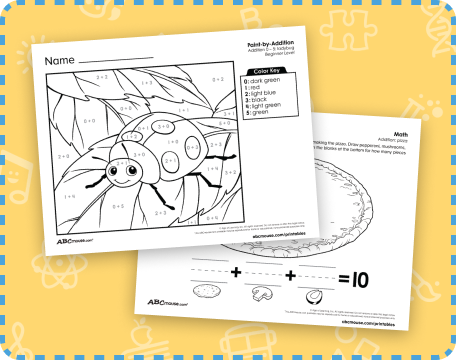
Our free printable worksheets are fun too, with cute illustrations and interesting activities like color-by-sum!
Try it: ABCmouse Addition Worksheets
14. Addition Videos and Songs
When children sing along to catchy tunes or watch videos of math concepts in action, they strengthen their own skills.
You’ll find lots of addition songs and videos on YouTube, including our own collection. (Tip: Songs and engaging videos are a big part of the ABCmouse learning process; explore the whole program to learn more.)
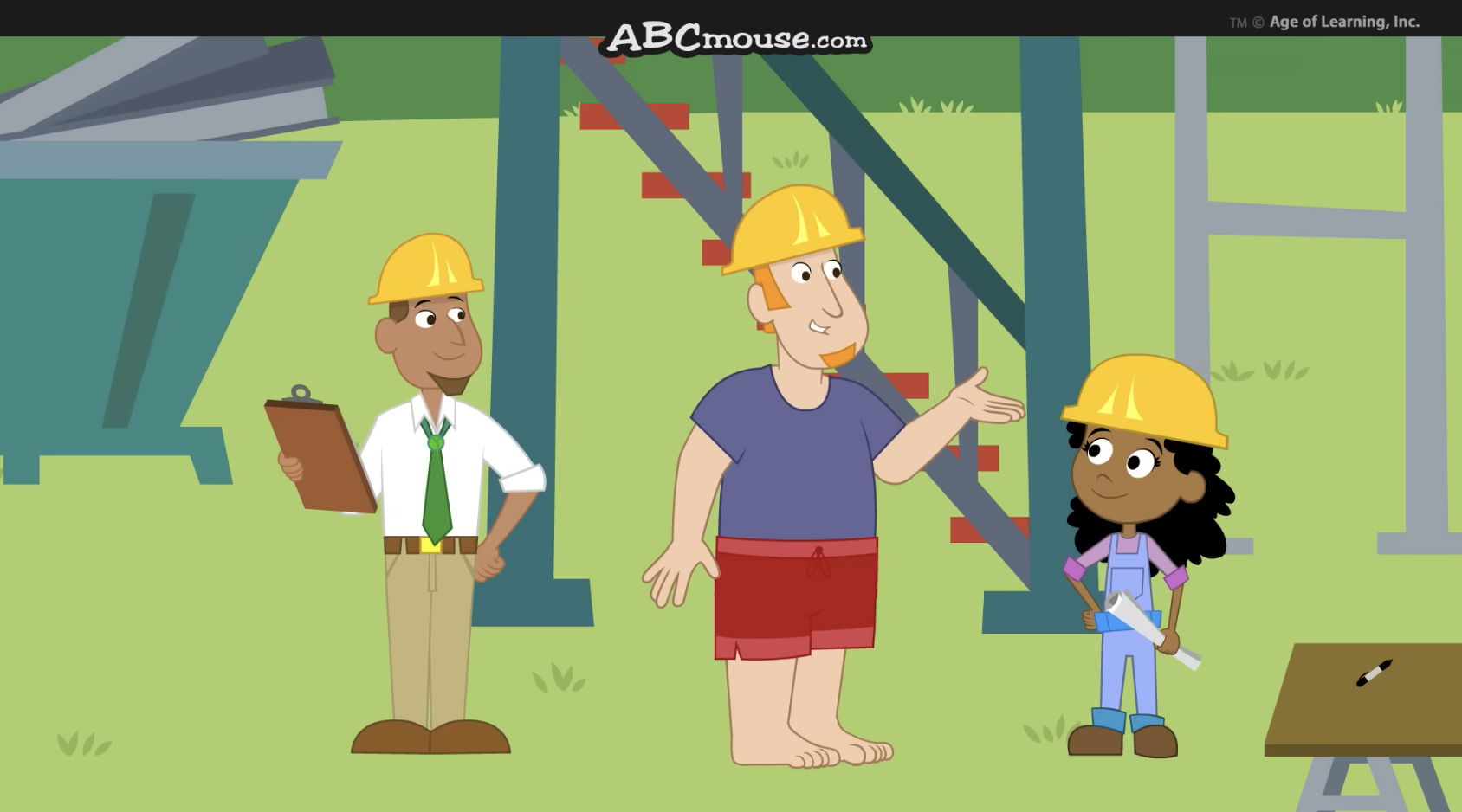
Try it: Jessie Solving Word Problems
15. Online Addition Games
ABCmouse has a huge selection of online math games for early learners, including dozens of addition games.
You can try them all for free for 30 days (then $12.99 per month after that), giving you and your child a chance to experience these research-backed, expert-designed games at no cost!
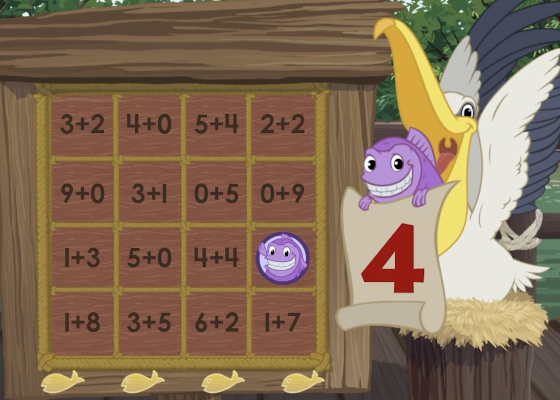
Try it: ABCmouse Online Addition Games
Addition Activities with ABCmouse
ABCmouse’s math program is designed by experts to help children build key math skills starting in preschool. Interactive online lessons, games, videos, songs, and more engage children in the process right from the start. Worksheets and other offline activities support and enhance your child’s learning. Find out more about the ABCmouse math program and join today!
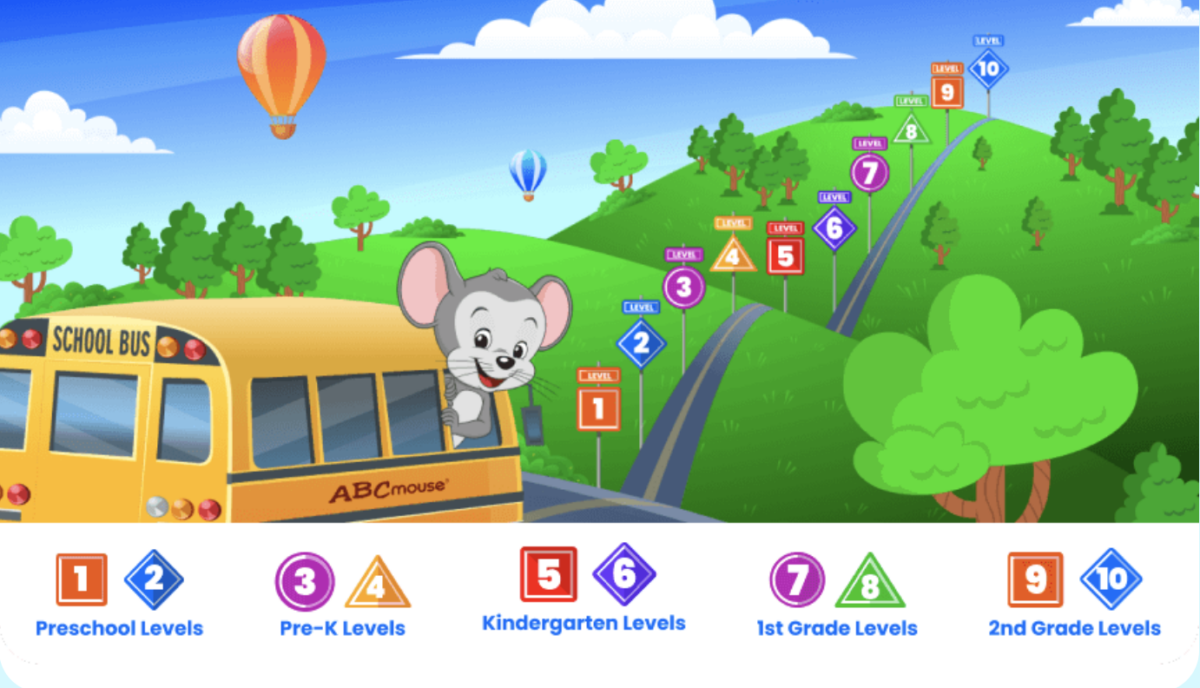
Related Activities
-
Learn the Months of the Year with ABCmouse
Help your child learn the months of the year with this fun ABCmouse sing-along song! Explore the months through music, visuals, and activities that build understanding…
-
Free Printable Preschool & Kindergarten Mazes
Download free printable mazes designed for preschool and kindergarten! Explore three fun difficulty levels—beginner, intermediate, and challenging—that promote cognitive development, patience, and hand-eye coordination. Perfect for…
-
50 Fun and Educational Nature Activities for Preschoolers
Discover 50 outdoor nature activities for preschoolers that combine fun and learning! From bug hunts to gardening, art projects, and sensory play, these ideas foster curiosity,…
-
Free Printable Ice Cream Coloring Pages
Celebrate sweet moments with free printable Ice Cream Coloring Pages! From fun cones to adorable animals enjoying treats, kids of all ages can get creative. Pair…
-
Free Printable Ice Cream Truck Coloring Pages
Delight your little ones with free printable Ice Cream Truck Coloring Pages! Perfect for kids of all ages, these fun designs include simple and detailed options.…
-
Letter J Crafts and Activities
Engage preschoolers with creative and educational Letter J crafts and activities! From jaguars and jellyfish to dot painting and salt art, these fun projects make learning…

